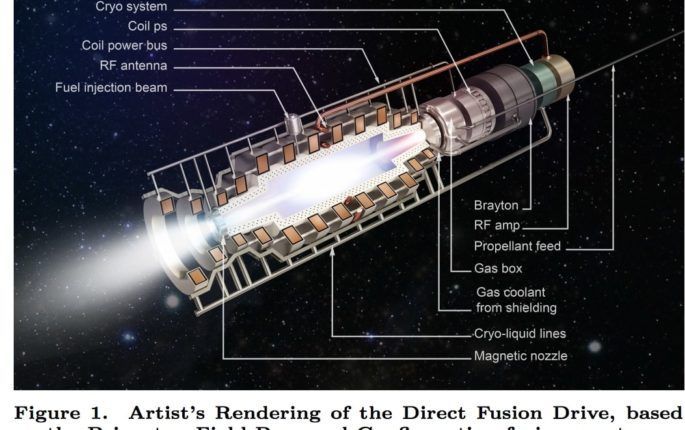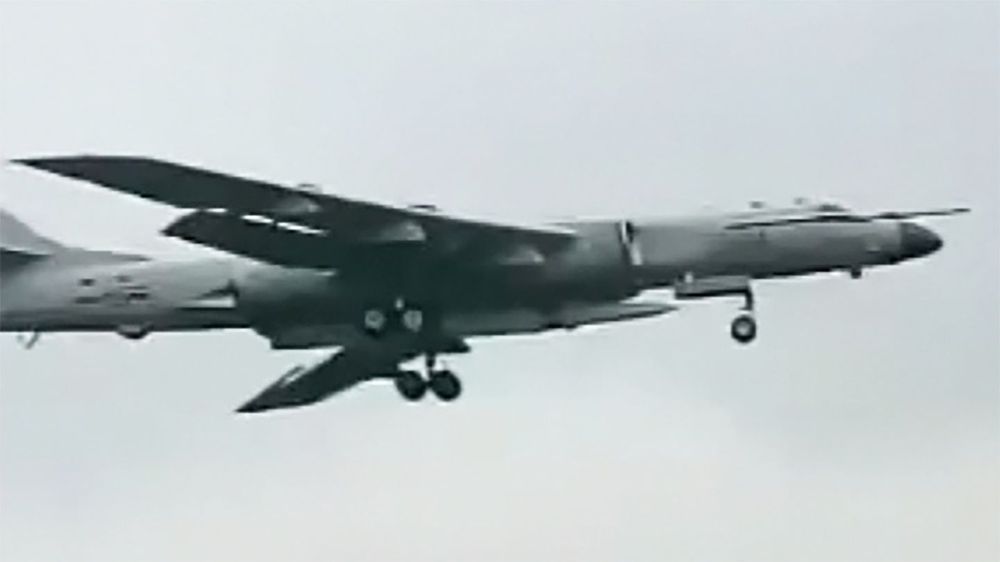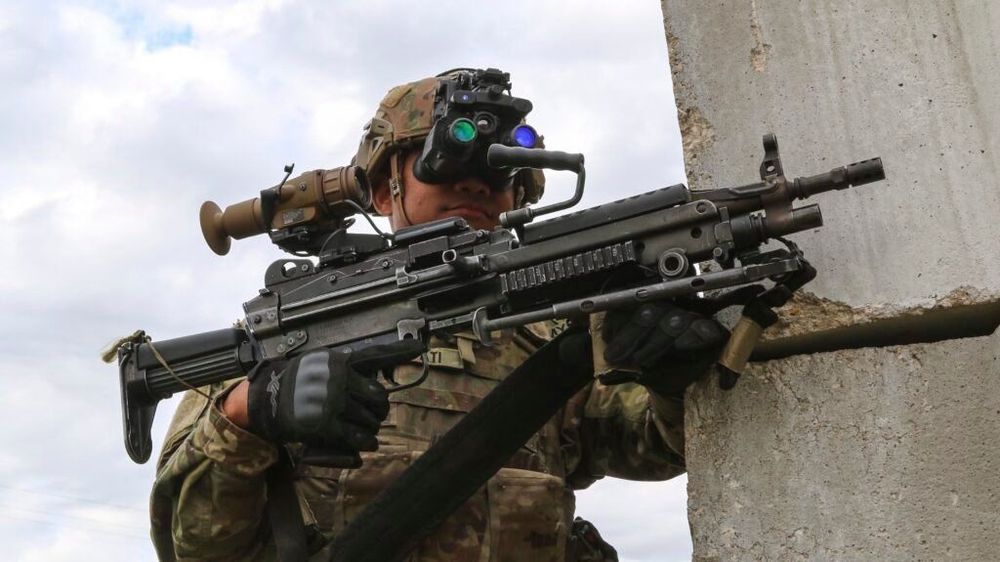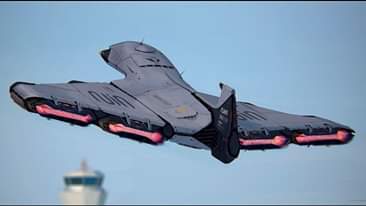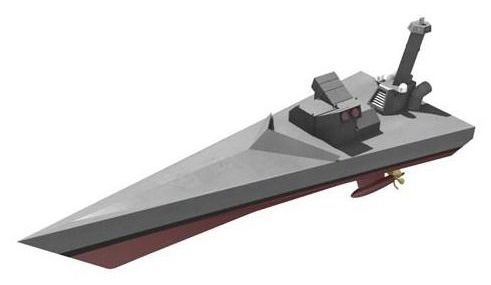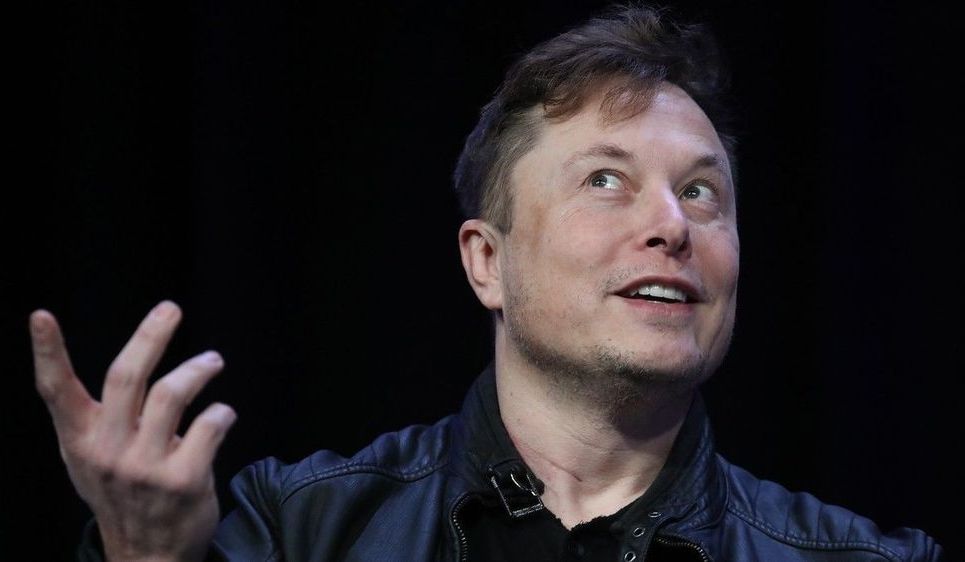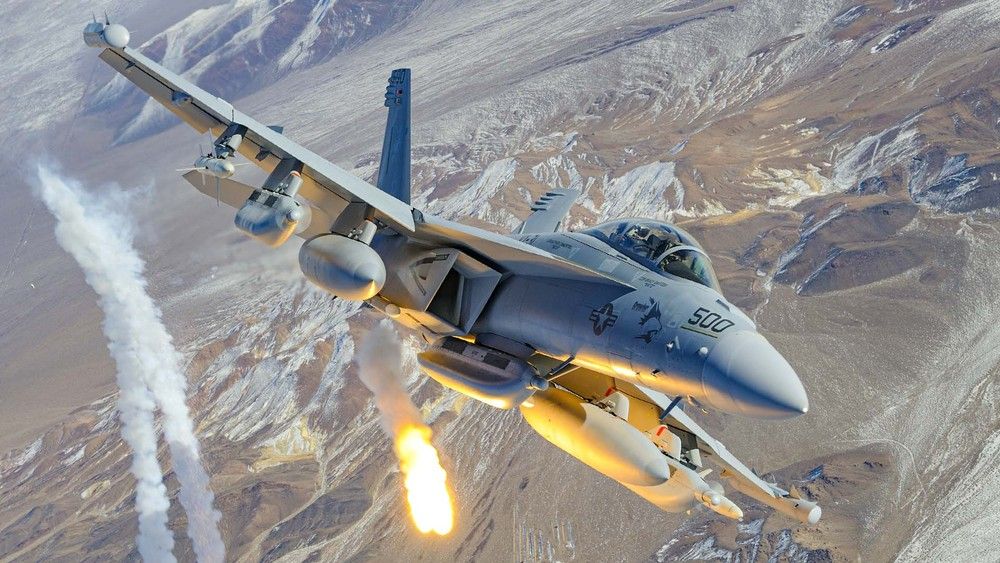Fusion power is the technology that is thirty years away, and always will be – according to skeptics at least. Despite its difficult transition into a reliable power source, the nuclear reactions that power the sun have a wide variety of uses in other fields. The most obvious is in weapons, where hydrogen bombs are to this day the most powerful weapons we have ever produced. But there’s another use case that is much less destructive and could prove much more interesting – space drives.
The concept fusion drive, called a direct fusion drive (or DFD) is in development at the Princeton Plasma Physics Laboratory (PPPL). Scientists and Engineers there, led by Dr. Samuel Cohen, are currently working on the second iteration of it, known as the Princeton field reversed configuration-2 (PFRC-2). Eventually the system’s developers hope to launch it into space to test, and eventually become the primary drive system of spacecraft traveling throughout our solar system. There’s already one particularly interesting target in the outer solar system that is similar to Earth in many ways – Titan. Its liquid cycles and potential to harbor life have fascinated scientists since they first started collecting data on it.
